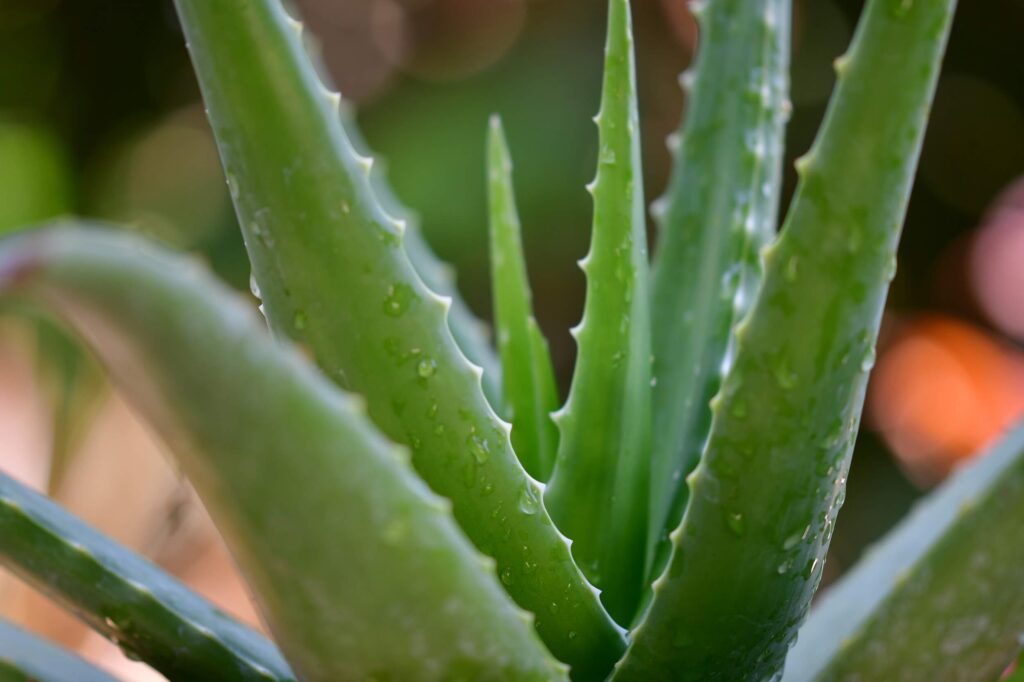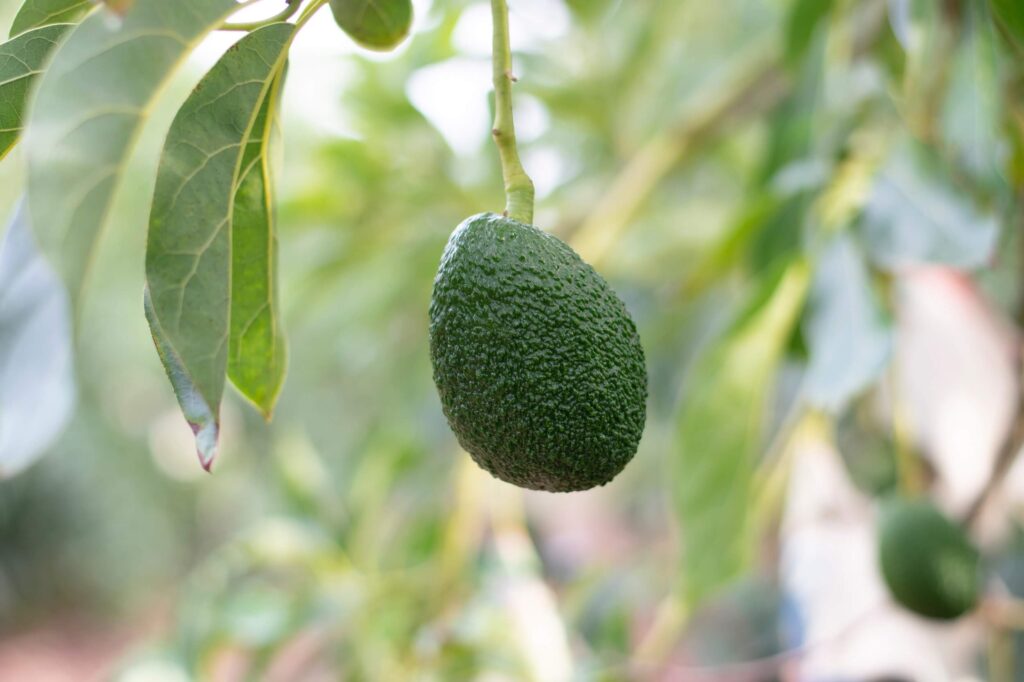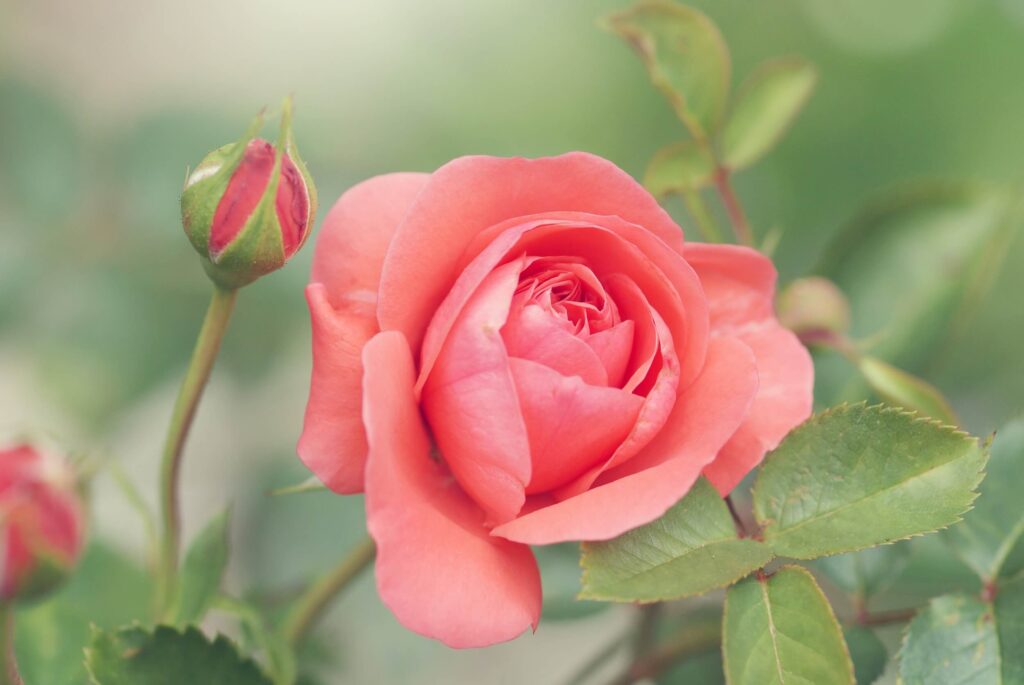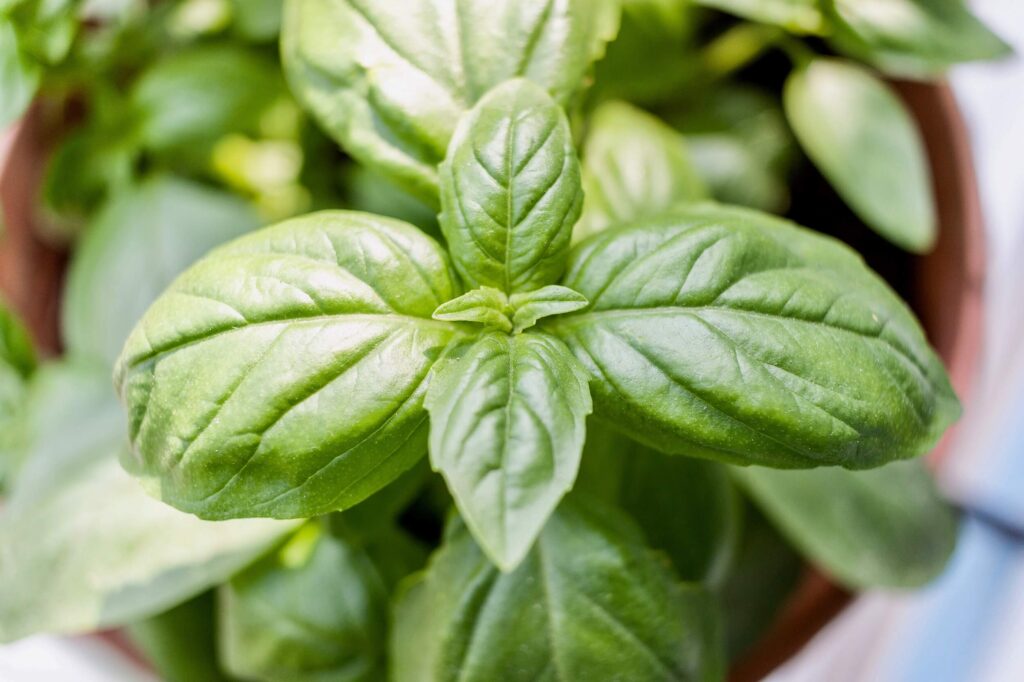
Beauty Products You Can Grow at Home

The use of plants and herbs in beauty products is an increasingly popular subject in the beauty community, and not always for the best reasons.
Whether it’s Gwyneth Paltrow’s heavily-criticised Netflix documentary, Bella Thorne’s painful Harper’s Bazaar video , or Caroline Hirons calling out jade rollers on This Morning, DIY/natural beauty is not without its controversies.
The primary reason for this is the lack of information regarding the safety and efficacy of DIY products.
For example, one of the most commonly-touted DIY beauty products is a sugar or baking soda scrub, widely considered to be a gentle, natural exfoliant. What goes unmentioned is that these scrubs will make your skin feel smooth on the surface, but will cause micro-tears in the skin, resulting in damage over time.
“Does this mean I can’t make my own beauty products if I want to?”
No, but it does mean you should be selective about what you put on your skin and how you use it. And luckily, some of the gentlest and most effective DIY skincare ingredients are ones which you can grow in your own home!
Aloe Vera

Loved by celebrity makeup artist Lisa Eldridge, aloe is known for its medicinal uses, helping to fight bacteria, soothe rashes, and even combat cold sores. However, unpreserved aloe vera gel goes off very quickly, which is why store-bought versions contain preservatives. This is not necessarily bad; however, to get the full benefits of aloe vera, it is best used fresh.
To make aloe gel, cut off a leaf and drain upright for 10 minutes. Cut open and take out the gel with a knife. You can rub it straight onto the skin as Lisa does, or blend first for a smoother consistency.
Tips for growing at home:
- Aloe is very hardy but does best in areas of natural light.
- Rinse the aloe in water once every two weeks and allow to drain completely.
- As aloe is a succulent, make sure it is potted in soil with additional perlite to maintain the ideal moisture levels.
Lavender

Nicknamed ‘blue gold’ in France, lavender has been used for centuries for its anti-inflammatory and pain-relieving capabilities. As a skincare ingredient, it contains antioxidants to tone and balance all skin types.
To make lavender products, simply dry the purple flowers and steep them in oil or filtered water in an airtight container for at least 48 hours. Drain out the flowers and use your concoction within 12 months.
Tips for growing at home:
- Lavender should be grown in a well-draining pot.
- It loves sun and survives drought well, so keep in a south or west-facing window.
- Lavender only flowers in late spring and summer, so be prepared to batch-make any DIY products.
Avocado

Naturally high in skin-repairing omegas, avocado is commonly used in its oil form. However, the flesh contains minerals, amino acids and vitamins B and E, making it a wonderfully hydrating ingredient for skin and hair masks. Once the mask is prepared, keep it in the fridge and use within a week.
Simply separate the flesh from the avocado, blend with any oil or honey, and smooth onto hair or skin. Rinse after 15-30 minutes. Bonus: you can use the pit to create a new avocado plant!
Tips for growing at home:
- You can grow an avocado plant from seed, but they can take up to 10 years to bear fruit. Consider buying adult avocado plants instead.
- Avocado does not appreciate cold climates, so keep them indoors during winter.
- Remember – avocado fruit doesn’t ripen until it is removed from the tree!
Rose

In the 1600’s, roses were considered so valuable that they were often used as payment. Nowadays, you can buy pots of them for the same amount as a Starbucks latte. This doesn’t make their qualities any less potent, though.
You can use the petals of the rose in the same way as the lavender plant, but remember that each variety of rose has different properties. If you want anti-aging and wound-healing properties, use Rosa damascena. Or, opt for the toning and fragrant Rosa centifolia, noted for its high vitamin C content.
Tips for growing at home:
- Rose bushes need between 6-8 hours of sun daily for healthy growth.
- To ensure they flower well, fertilize your roses at least once a month.
- Like lavender, roses go dormant in the winter, so plan your petal harvest in advance!
Basil

An oft-overlooked skincare ingredient, the leaves of this common herb contain skin-smoothing enzymes and are used in ayurvedic medicine for their mild antibacterial and antiseptic properties. Whether planted on a windowsill or outdoor garden, basil is incredibly accessible and easy to grow.
The easiest way to use basil leaves is as a face mask. Simply grind a handful of leaves in a pestle and mortar, or chop and crush finely with a knife, and smooth onto skin. It can also be combined with yoghurt, honey, or your homemade aloe vera gel for additional moisture!
Tips for growing at home:
- When planted from seed, basil can take around 6 weeks to germinate, so take that into consideration when choosing between seeds or an adult plant.
- Basil likes to be kept in well-drained, moist soil, and can be easily planted alongside other herbs.
- Keep basil in the kitchen as a natural mosquito repellent!
Now you’re ready to grow your own skincare, but where do you start?
Well, once you’ve got your plants, you will need to keep them in a high quality planter where they are easy to water and maintain.
Enter: the Green Smart Pot. A self-watering, space-saving planter made with biodegradable materials, these planters are my favourite sustainable choice for growing a variety of indoor and outdoor plants.
Are you going to try creating your own skincare garden? Let me know your results in the comments!